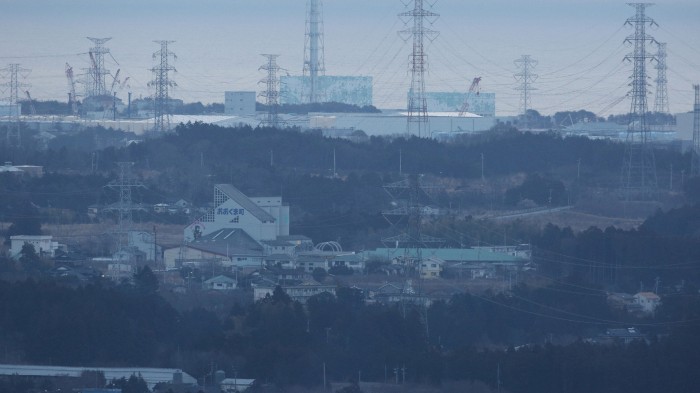Six Years On, Fukushima’s Cleanup Looks Harder Than Ever

It’s been six years since the Fukushima Daiichi nuclear accident—and the cleanup operations at the abandoned plant are beginning to look as dire as the prospects of the nuclear industry as a whole.
When an earthquake and tsunami sent the plant into meltdown on March 11, 2011, thousands of locals were evacuated—and yet, amazingly, no deaths were recorded as a result of radioactive fallout. But the resulting cleanup operation looked to be a formidable task, expected to take decades.
Sadly, years later, it’s not going well, and it looks set to be a far harder task than initially anticipated. This year, radiation levels in one of the containment vessels of the plant’s reactors reached their highest level since the incident occurred in 2011. The conditions would, apparently, kill a human in under a minute.
It had been hoped that a series of specially designed robots would be able to help survey and fix up problems at the site. But two different robots have now been lost to severe conditions in that rector when used to investigate it.
The entire cleanup operation is now expected to cost as much as $189 billion—twice the amount estimated three years ago—and run for up to 40 years.
At the end of this month, locals who left their homes will gradually start to return to the region that surrounds Fukushima, as Japan lifts evacuation orders on nearby towns. Many are concerned about the risks of radiation, but face losing housing subsidies if they refuse to move back. And when they do return they’ll also have to face up to wild boars that have taken up residence since humans moved away.
The picture, then, remains bleak. In fact, safety concerns highlighted by Fukushima and, long before it, Chernobyl, remain one of the reasons why the nuclear industry is struggling to succeed today, despite the fact that it promises a relatively clean source of energy. Toshiba’s nuclear business—which was behind the only new reactors currently being built in the U.S.—recently collapsed. Experts reckon that will have a particularly chilling effect on the industry as a whole—but not, one expects, on the same scale as the Fukushima disaster.
(Read more: Guardian, Reuters, “The Underwater Robot That Will Repair Fukushima,” “Meltdown of Toshiba’s Nuclear Business Dooms New Construction in the U.S.,” “Three Decades On, Chernobyl’s Specter Haunts Nuclear Power”)
Keep Reading
Most Popular
Large language models can do jaw-dropping things. But nobody knows exactly why.
And that's a problem. Figuring it out is one of the biggest scientific puzzles of our time and a crucial step towards controlling more powerful future models.
The problem with plug-in hybrids? Their drivers.
Plug-in hybrids are often sold as a transition to EVs, but new data from Europe shows we’re still underestimating the emissions they produce.
Google DeepMind’s new generative model makes Super Mario–like games from scratch
Genie learns how to control games by watching hours and hours of video. It could help train next-gen robots too.
How scientists traced a mysterious covid case back to six toilets
When wastewater surveillance turns into a hunt for a single infected individual, the ethics get tricky.
Stay connected
Get the latest updates from
MIT Technology Review
Discover special offers, top stories, upcoming events, and more.